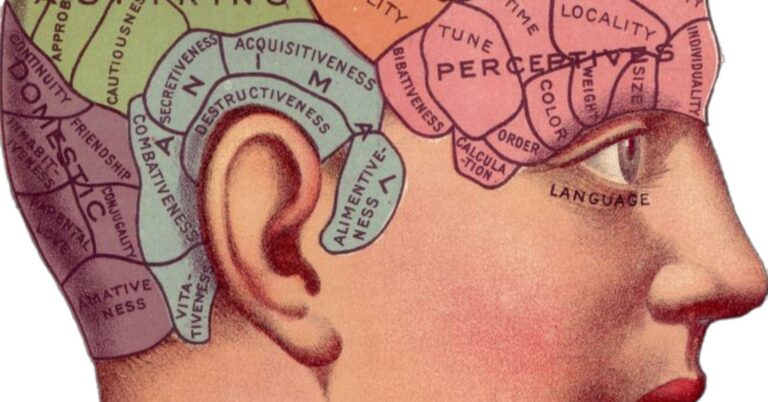People often enter therapy to determine the root cause(s) of longstanding problems. Why am I depressed? Why am I so anxious? Why do I continue to get into one bad relationship after another? Similarly, as a faculty member of a university psychology program, I recognize that many of my students expect treatment to identify a discrete cause for a presenting mental health challenge.
Determining causal factors however is often impossible; there are too many variables influencing mental health issues, including genetics, personality, upbringing, cognitive factors, and idiosyncratic experiences. Additionally, while the field of psychology knows much about etiological factors for some conditions (e.g., phobias), for others, such as paraphilic disorders, our knowledge base in minimal.
Still, people enter therapy looking for a cause for their suffering. How did this erroneous belief arise? In a large part this is due to film and television. For many people (including students in psychology and social work training programs), their only encounter with therapy is portrayals in these media, which tend to highlight the significance of distinct causal factors.
In one of the earliest articles on this topic DSM-III at the Cinema: Madness in the Movies, Steven Hyler (1988) described two of the most common explanations in movies of the preceding decades for mental illness. One is the schizophrenogenic parent (most often, the mother) who is both overbearingly protective and rejecting of her children. The second is that trauma is the cause of mental illness; often in film, therapy is successful as long as a client recalls a bad event from the past.
While the concept of the schizophrenogenic parent has become markedly less evident in movies, trauma etiology remains a popular trope. Thus, I call our attention to the recent film May December (2023), which is essentially a movie about seeking to identify the root cause of one woman’s heinous and destructive behavior.
Actress Elizabeth Berry (Natalie Portman) will be portraying Gracie Atherton-Yoo (Julianne Moore) in an upcoming movie about her scandalous past sexual relationship with 13-year-old Joe, who is twenty-three years her junior. In her effort to present a realistic performance she asks to spend several days getting to know Gracie and her family; her knowledge of Gracie is limited to dated tabloid newspapers and an exploitative made-for-television movie about her story.
Combining journalistic and therapeutic approaches, Elizabeth sets about trying to determine what led a seemingly content woman to make such a disastrous decision by talking to Gracie, now-adult Joe, her ex-husband, children from her first marriage, friends, an employer, and even officials once involved in the case. As she says several times, “I’m getting close” to understanding the real Gracie and the motivations for her behavior.
As an exemplar of Hollywood psychology, Elizabeth experiences a sudden epiphany when she learns of a hidden trauma in Gracie’s past. She now ostensibly has an understanding of complex, fragile, manipulative, and over-controlling Gracie that she can use as motivation for her performance.
In films, trauma leads to mental illness. In real life though a history of trauma may have little to do with one’s current mental health; it may even be misleading and cause professionals to elide other pertinent factors. In May December, Elizabeth’s investigation into the etiology of Gracie’s decision-making ultimately leads to naught; her resulting performance as Gracie is ludicrous. It is clear she came nowhere close to understanding the real Gracie, whose trauma (if it really did happen; we are left to wonder) would only offer a partial explanation for this complicated character.
Ideally, films would not misinform and miseducate about mental health challenges. However, too many films do miseducate, including fostering the belief that trauma is a causal factor for the overwhelming majority of mental health conditions. May December slyly and cleverly subverts this latter trope by reminding us that there is no singular explanation for a person’s behavior and/or mental health issues in spite of how much we really want – or need – one to exist.



















+ There are no comments
Add yours